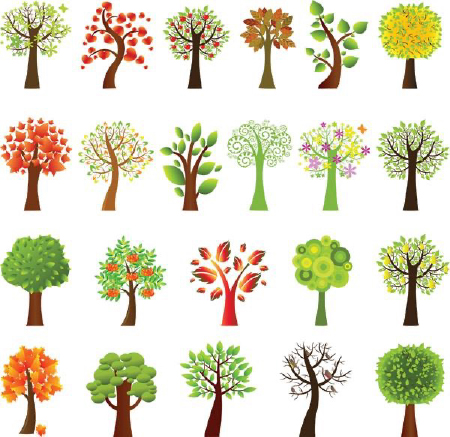Online social networks are an integral part of modern society: they connect millions of users from around the world. For many people they serve as their main news aggregators and a window of what is happening in the world. Despite intensive research, many phenomena revolving around online social networks and their impact on society are still not sufficiently understood. One of the main challenges in this area is to establish whether echo chambers are widely present in social networks or not.
The estimation of air pollutants’ distribution over space is a significant challenge that concerns climate change and human health. Greenhouse gas (GHG) emissions from the transport sector have more than doubled since 1970, and about 80% of this growth has come from road transport [1]. In 2016, 11.9% of global GHG emissions were from road transport (60% of which from passenger travel and 40% from road freight) [2].
The new national PhD program in Artificial Intelligence is on the launchpad!
Our KDD Lab - Knowledge Discovery & Data Mining Laboratory @ University of Pisa and ISTI-CNR of the National Research Council of Italy funds 3 positions at the "AI & Society" PhD.
Interested to join a vibrant research ecosystem on cutting edge topics around on human centered AI, XAI, social AI, AI ethics and Trustworthy AI?
 Our cities stand today as a miraculous lab to foster an effective joint effort of different disciplines united by the common goal of setting our cities on a path towards well-being and social and environmental sustainability.
Our cities stand today as a miraculous lab to foster an effective joint effort of different disciplines united by the common goal of setting our cities on a path towards well-being and social and environmental sustainability.
Artificial Intelligence (AI) has come to prominence as one of the major components of our society, with applications in most aspects of our lives. In this field, complex and highly nonlinear machine learning models such as ensemble models, deep neural networks, and Support Vector Machines have consistently shown remarkable accuracy in solving complex tasks. Yet, they are as unintelligible as they are complex, and relying on them raises significant concerns about their transparency.
In the last decade, the availability of large mobility datasets such as Call Detail Records (CDR) [1, 2, 3], traces from GPS devices embedded in smartphones and cars [3], and geo-tagged posts on Location-Based Social Networks (LBSN) [4], allows characterizing human mobility from a statistical and mathematical point of view, uncovering the invisible rules that govern the individuals' displacements.
In recent years the wide availability of data stored in the form of time series contributed to the diffusion of extremely accurate time series classifiers employed in high-stakes decision making. Unfortunately, the best time series classifiers are usually black-boxes, and therefore quite hard to understand from a human standpoint. This fact slowed down the usage of these models in critical domains, where the explanation aspect is crucial for a transparent interaction between the human expert and the AI system.
As a widely used but generalised term, "migration" can refer to different human movements with residential intentions.

.jpg)